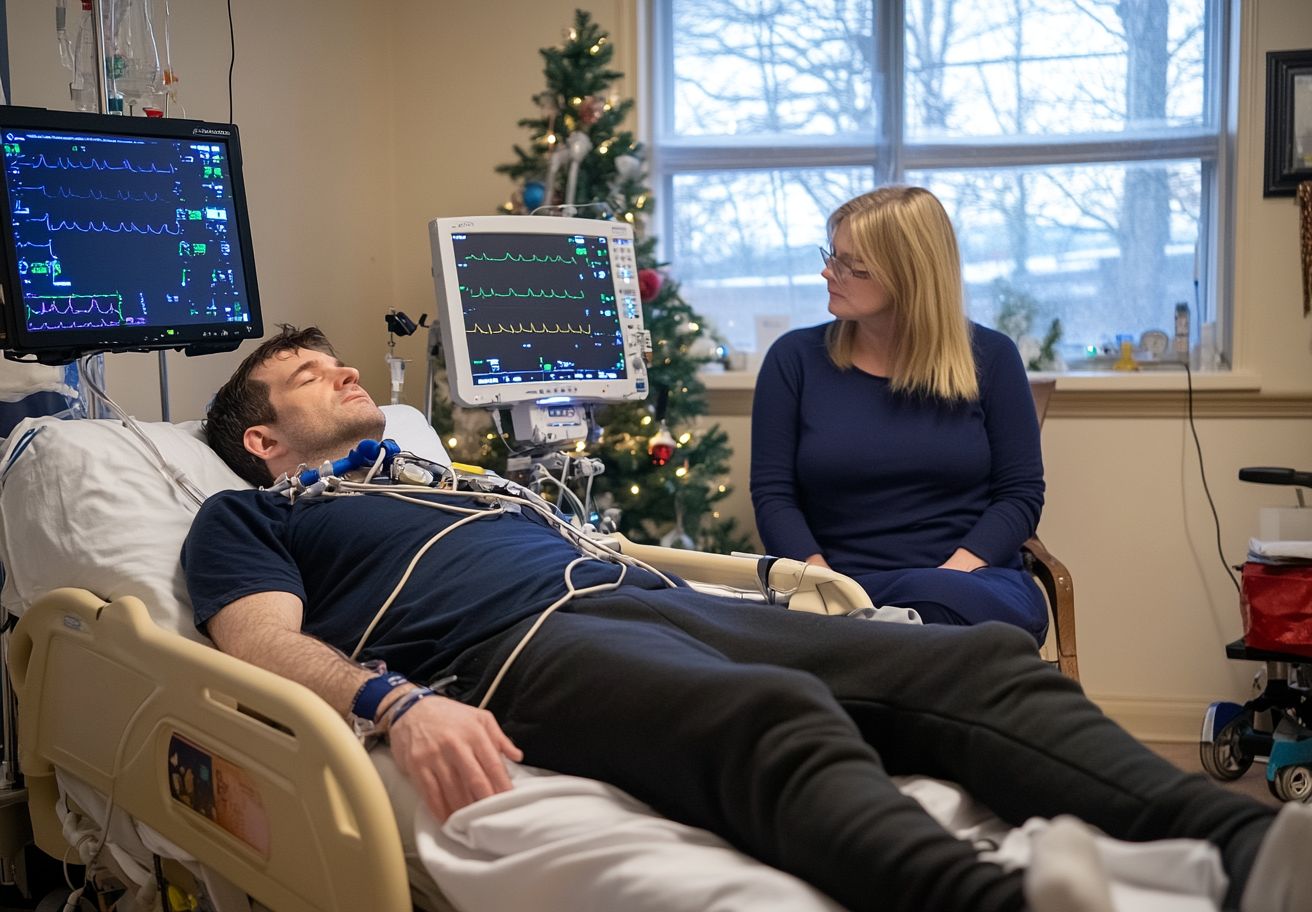Few survival stories are as gripping as that of Carter Viss, a marine biologist whose life took a devastating turn on Thanksgiving Day in 2019. While snorkelling off Breakers Reef in West Palm Beach, Florida, a speeding boat struck him, severing his right arm and leaving him with life-threatening injuries.
His story is not just about survival, but also about resilience and his mission to improve boating safety for divers. His experience serves as a stark reminder of the dangers divers face and the urgent need for improved safety measures in high-traffic waters. As Viss later recalled, “It was an absolutely perfect day, and then in an instant, my life changed forever.”
The Fateful Day: A Diver’s Worst Nightmare
On November 28, 2019, Viss was snorkelling with a group of fellow marine conservationists, observing marine life in Breakers Reef, a popular diving destination.
- The day was clear and the waters were calm—a perfect setting for an underwater expedition.
- Suddenly, a 36-foot pleasure boat, the Talley Girl, approached at speeds exceeding 50 mph, unaware of the divers below.
- Within seconds, the boat collided with Viss, its propellers severing his right arm and leaving deep wounds on his legs and left hand.
In the chaos, nearby divers rushed to help. Among them were Andy Earl and Christine Raininger, who immediately applied a makeshift tourniquet—a crucial step in preventing him from bleeding out. “I remember looking up and seeing the boat coming at me, and then suddenly, I was underwater, in pain, and realizing my arm was gone,” Viss recounted.
Immediate Medical Response and Trauma Surgery
Once paramedics arrived, Viss was airlifted to St. Mary’s Medical Center, where trauma surgeon Dr. Nicholas Borrego and his team worked urgently to stabilize him.
- His injuries included:
- A completely severed right arm.
- Severe nerve and tendon damage to his left hand.
- Multiple fractures and a dislocated right knee.
- Due to the severity of the damage, doctors decided against reattaching his arm.
- He underwent multiple reconstructive surgeries and remained in intensive care for two months.
The Long Road to Recovery
The months following the accident were filled with physical therapy, mental struggles, and the challenge of adjusting to life as an amputee.
Physical Rehabilitation
- Intensive physical therapy was required to regain mobility in his legs.
- He learned to use a prosthetic limb, adapting to daily tasks with one arm.
- His left hand required additional therapy due to nerve damage.
Psychological Challenges
- Viss battled PTSD and emotional trauma.
- Therapy sessions helped him process the loss and redefine his purpose.
- He found strength through marine conservation and advocating for boating safety.
Viss reflected on his mental state post-accident, saying, “It was hard not to ask, ‘Why me?’ But I knew I had a choice: stay angry or use my experience to help others.”
Turning Tragedy into Advocacy
Rather than allowing the accident to define him, Viss became a vocal advocate for water safety and boating regulations.
Key Advocacy Efforts
- He partnered with Daniel Stanton Jr., the boat operator responsible for the accident, to promote boating safety awareness.
- Together, they participated in a water safety campaign led by the Florida Fish and Wildlife Conservation Commission.
- He actively supports redesigning the diver down flag for better visibility.
- Calls for stricter boating speed regulations in high-traffic diving areas.
Comparative Survival Stories
Viss’s ordeal is one of many incredible survival stories. Others who have faced extreme adversity include:
- Aron Ralston: Trapped by a boulder in Utah, he self-amputated his arm to survive.
- Harrison Okene: Survived 60 hours in an air pocket inside a sunken boat.
- Tiffany Johnson: Lost her arm in a shark attack while snorkeling in the Bahamas but continues to inspire others.
These stories highlight the human capacity for resilience and the power of mental determination in the face of tragedy.
Lessons Learned & Future Implications
The story of Carter Viss is not just a personal tragedy, but a wake-up call for divers, boaters, and policymakers alike.
Key Takeaways
- Boat operators must be more vigilant in areas where divers are present.
- Stricter speed regulations and improved diver visibility could prevent similar incidents.
- Survivors of life-altering accidents can find new purpose through advocacy and education.
Viss hopes his efforts will prevent future tragedies, stating, “If my story can save even one life, then everything I’ve been through will have been worth it.”
Conclusion
Viss’s journey from tragedy to advocacy is an inspiring example of the human spirit’s resilience. His work in boating safety awareness and marine conservation continues to make a significant impact.
By learning from his experience and promoting better safety measures, we can help prevent future accidents and ensure that divers and boaters coexist safely in our oceans.
